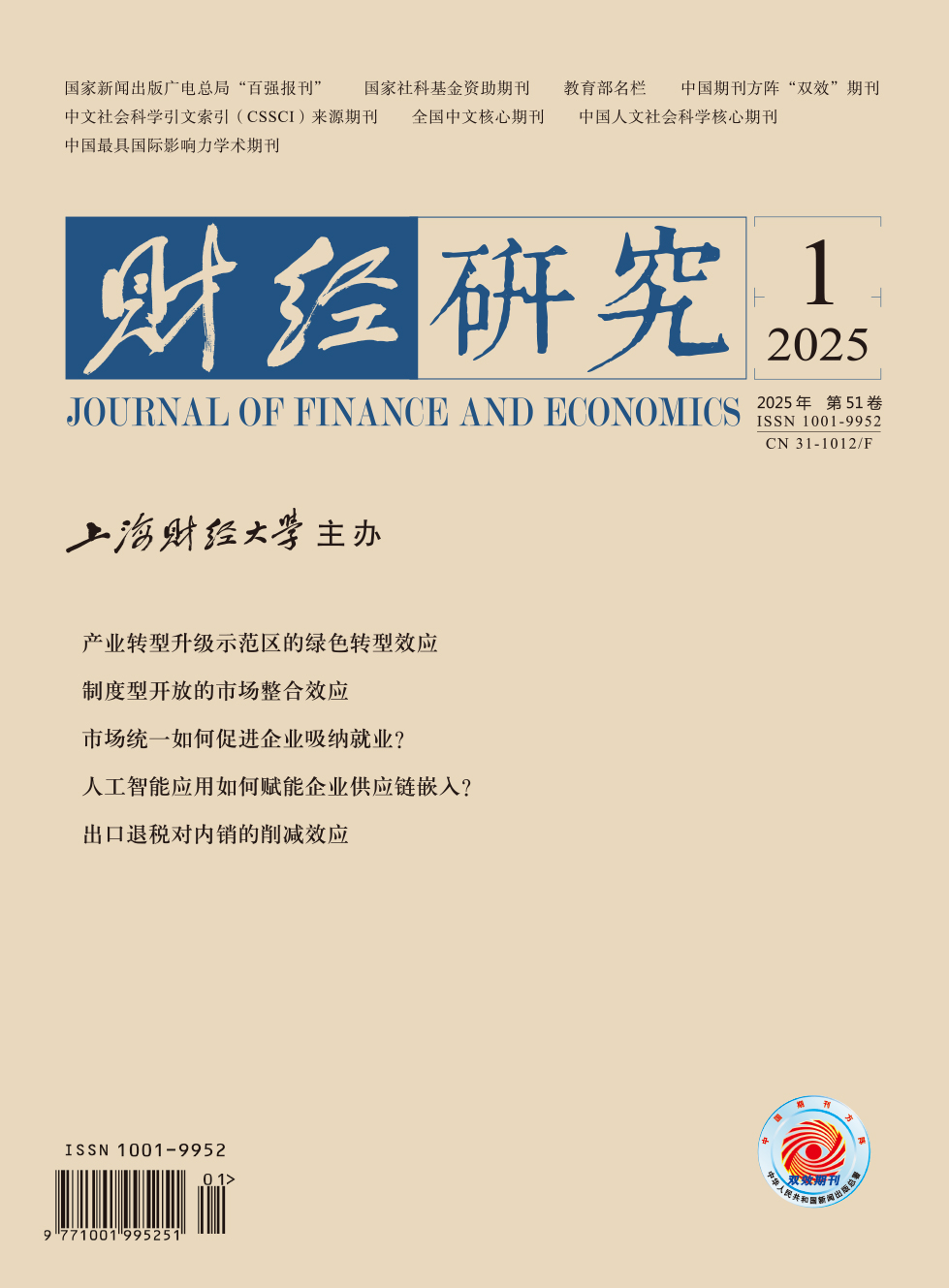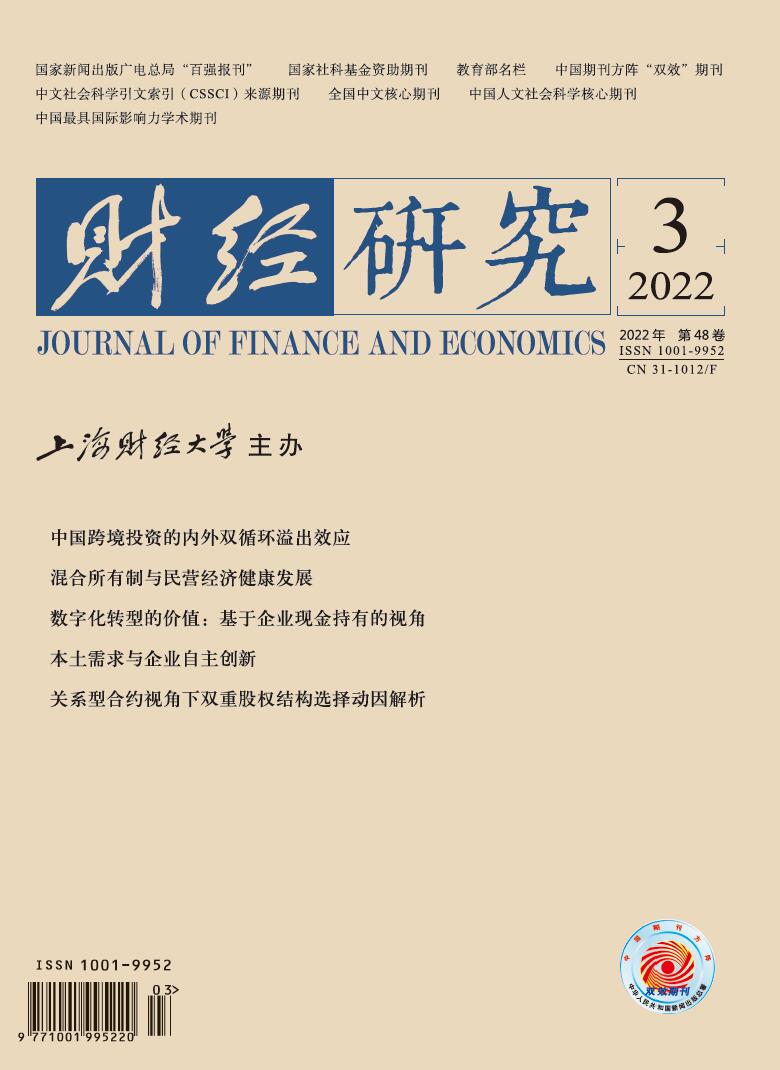Using the unique supply chain data collected manually, this paper takes Shanghai and Shenzhen A-share listed companies from 2007 to 2019 as the research object, constructs the index of supply chain asset specificity from the dimension of product nature, and examines whether the asset specificity of supply chain can promote enterprises to obtain more trade credit financing. The higher the asset specificity of supply chain, the stronger the lock-in effect of both sides of trade. In order to avoid the risk of lock-in and the high cost of contract resigning, both sides of trade prefer to establish long-term trade alliances, promote information communication, and adopt strong relational governance to curb opportunistic behavior, which will help enterprises use trade credit financing.
This paper shows that after controlling the size and age feature of supply chain, the improvement of supply chain asset specificity will significantly improve the level of trade credit financing, which is more significant in enterprises with high financial risk. Furthermore, the advantages of trade credit financing brought by the asset specificity of supply chain will significantly promote enterprises with high financial risk to improve asset turnover efficiency and achieve better performance. Trade credit financing plays a mediation role in this process. On the contrary, bank credit cannot bring these positive impacts. After the robustness test and the use of natural disaster impact as an instrument variable, the research conclusion is still valid.
Based on the above, this paper makes the following contributions: Firstly, due to data constraints, little literature studies the impact of supply chain asset specificity on trade credit financing based on the perspective and analysis framework of supply chain governance theory. The unique data samples in this paper provide a reliable analytical basis and robust empirical conclusions for testing how asset specificity affects trade credit financing. Secondly, by manually sorting out and matching the specific supplier information, this paper can more accurately measure the differences in the nature of supply chain. Thirdly, by distinguishing the differences of supply chain asset specificity, this paper provides micro empirical evidence for the substitute financing hypothesis of trade credit. Fourthly, this paper also has practical significance. It affirms the importance of supply chain construction in the context of “Dual Circulation” and “14th Five-Year Plan”, which has reference value for decision-makers and commercial banks.





 5808
5808  8487
8487

